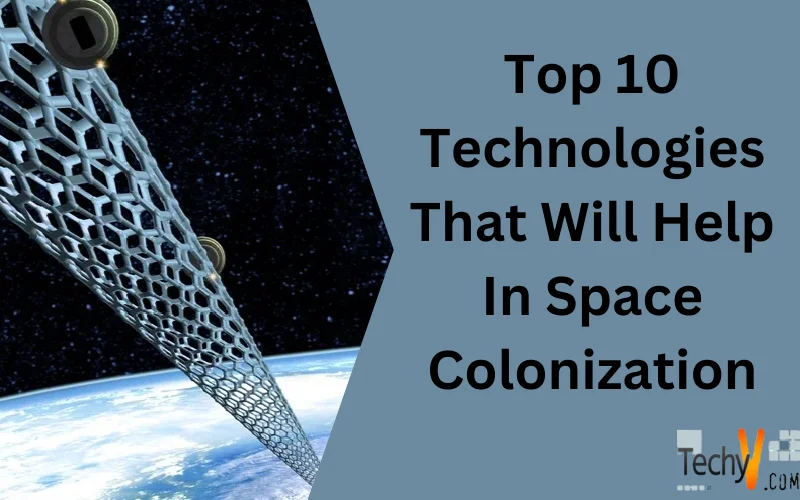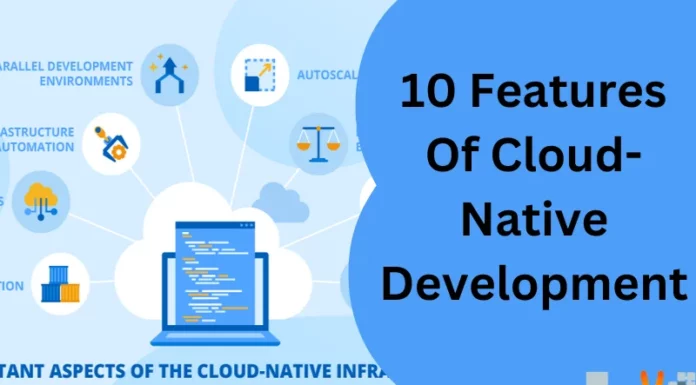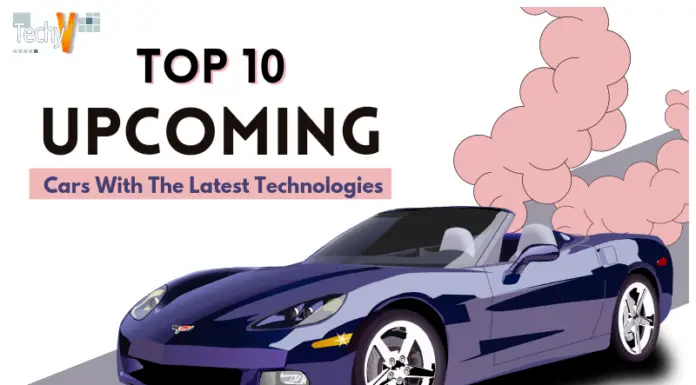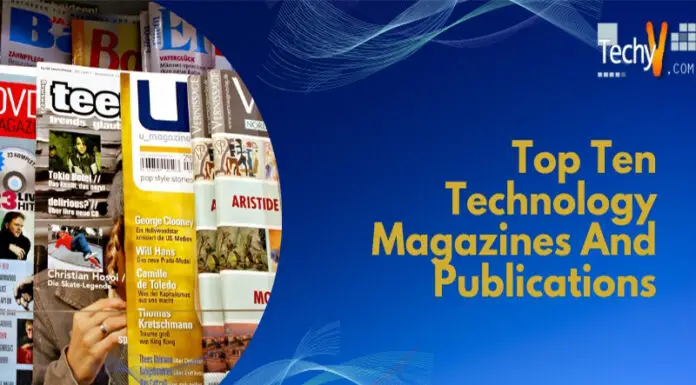Earth. Our home. Our planet, right?! Mars, Jupiter, other planets?! Do they feel at home? No! But thanks to the latest technologies, space colonization now seems possible. Space colonization is the concept of making humans an inter planet specie, by making human communities on other planets like Mars. Businessmen Elon Musk and Jeff Bezos are determined to make other planets their home and make humanity thrive and make earthlings an inter-planet species. Colonizing other planets is not an easy feat. The harsh environments, lack of resources and knowledge, high radiation and ethical considerations make it a difficult task. A distant yet ambitious dream, space colonization is a long-term goal requiring tremendous innovations, billions of dollars of investment and cooperation between countries to achieve this feat. But if all goes well, this will be the best innovation humanity will ever see. The top 20 technologies that can help humans colonize other planets-
1. Reusable Rockets
They are rockets that can be used multiple times rather than discarded after a single use. They help in reducing space debris making them environmentally friendly and also help reduce cost as launching a rocket is more economical than building a rocket. Space X is the pioneer in building reusable rockets.
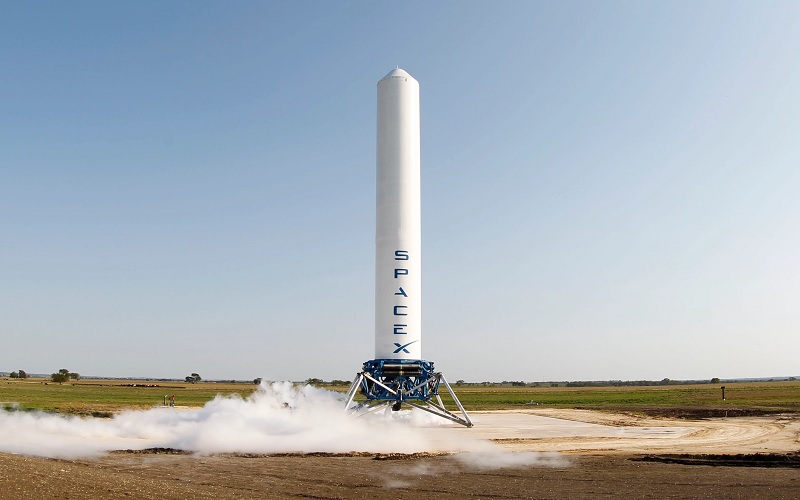
2. Space Suits
They are specially designed garments worn during space flights. It maintains a safe level of air pressure and protects the astronaut from extreme temperatures, harsh environments, high levels of radiation and micrometeoroids. The most commonly used space suit is the Extravehicular Mobility Unit (EMU), used for spacewalks outside International Space Station(ISS).
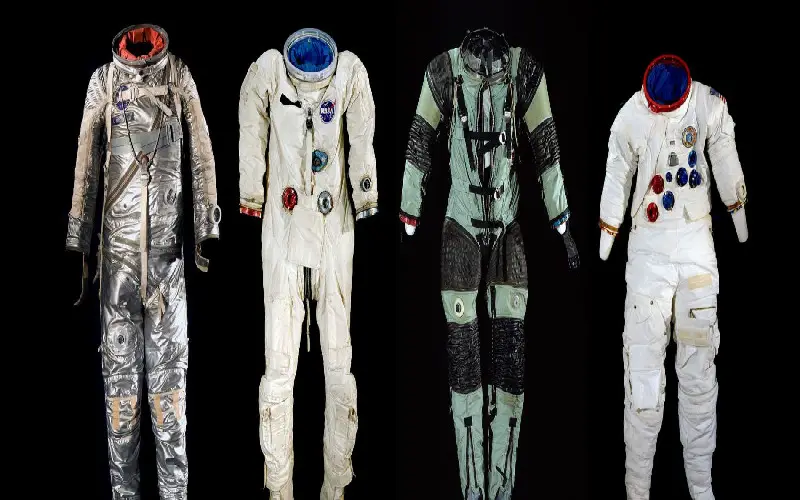
3. Solar Power
It is the conversion of energy from sunlight into electricity. It is a renewable and clean energy source. It is highly economical compared to traditional fossil fuels and can provide electricity where power lines cannot reach. It does not release air pollution, but the initial cost of building a solar panel is high as it made of silver.

4. Nuclear Fusion
It is a process in which atom’s nuclei come together and form a heavier core. This releases tremendous amounts of energy as compared to any other fossil fuel. This is a pure form of fuel as it emits no air pollution or greenhouse gases. However, using nuclear fusion as a permanent energy source is still being thought as it requires significant technological advancements. The difficulty is that it requires extreme conditions for this reaction to occur such as extreme temperatures.
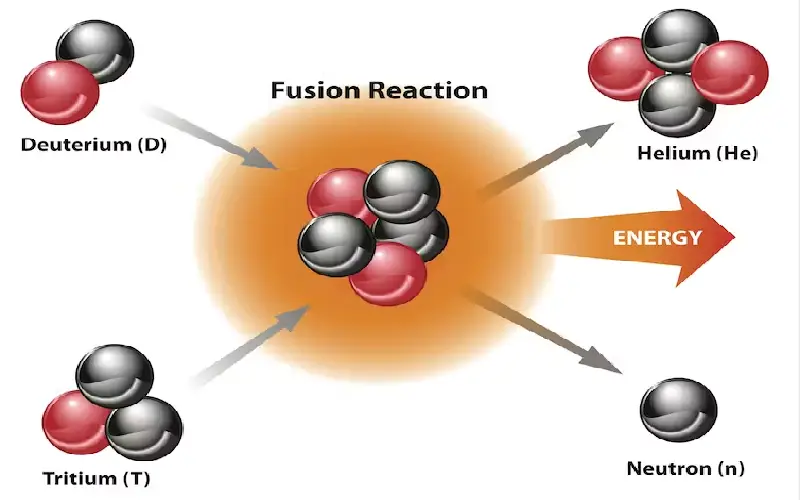
5. Terraforming
It is a process in which the planet is transformed to make it habitable for humans. This is done by changing the planet’s atmosphere, releasing greenhouse gases to make it warm and changing the orbit of the planet to make it hospitable. However, it is not an easy feat. Terraforming can alter the natural ecological system of the planet forever and it will be challenging to bring it back to its original state in case anything goes wrong. Also, it is a costly method with few chances of helping, making it a difficult deal.
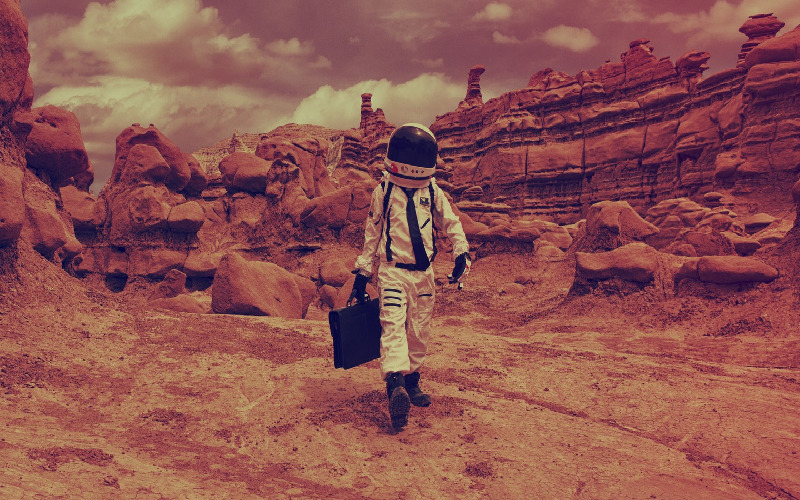
6. Space Elevators
It is a hypothetical idea that can help tremendously in saving transportation costs. It can help humans, resources, cargo and other materials from the Earth to other planets using an elevator-like structure. This will drastically decrease our dependence on rockets, making it a success. This, however, is a technology that is still being thought about and not much research is going on.
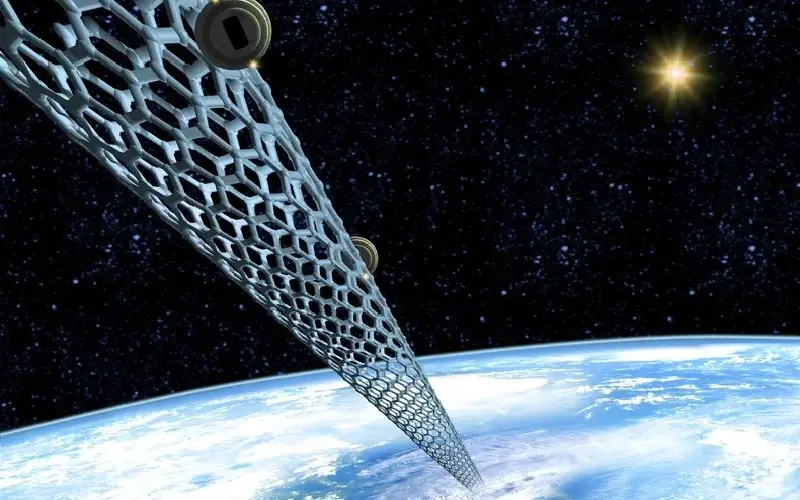
7. Robotics
Robots are machines that can replace humans to do work that is dangerous or too difficult for humanity. This includes construction, manufacturing, working on planets with extremely harmful radiation and exploring parts of planet that are dangerous for humans. Robots can be equipped with sensors, cameras to help in mining, maintenance and can provide medical support to astronauts.

8. 3D Printing
It is an important technology that can help produce various parts in space. It can help in food production like making meat on cells or creating plant cells. This will reduce the dependence on Earth to bring food and help sustain astronauts, colonists and humans. Medical equipment can also be made on-demand which can be of extreme importance during critical situations or emergencies.

9. In-situ Resource Utilization (ISRU)
It is a process in which available local resources help humans habituate the planet. It is an essential technique for long-duration flight missions that can help reduce the need to carry tonnes of supplies from Earth which is both expensive and logistically challenging to maintain. The Martian environment has sufficient CO2 which can produce O2, the most important for humanity and nature to thrive. This can be taken care of by ISRU. Water has been detected on Mars, the moon and various asteroids. ISRU can extract water from these places rather than carry it from Earth every time.
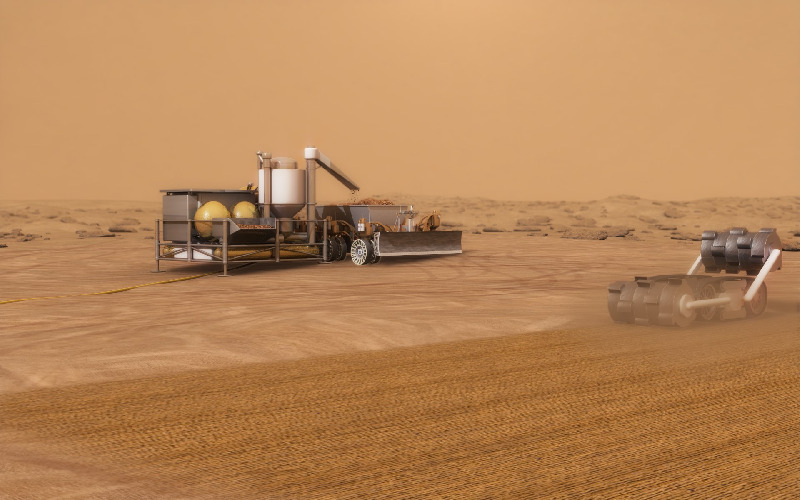
10. Artificial Intelligence
It is one of the most important for space colonization. Sending astronauts and colonists to space is a challenging task and can be highly detrimental to their health. AI can keep a tab on this and create medical records. A lot of data is required to set up or habituate a planet. AI can help read, interpret this data and provide viable solutions.




